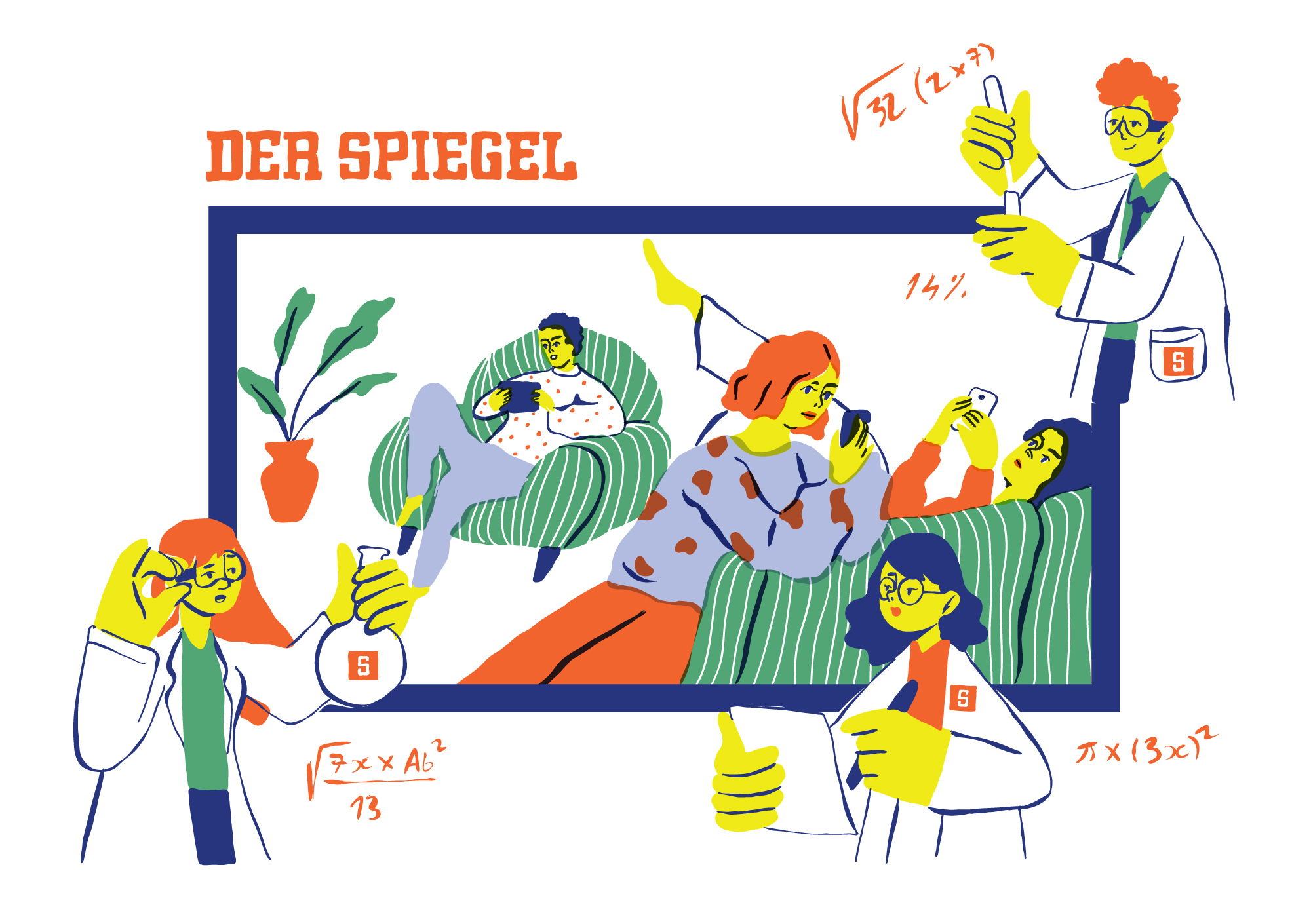- Digital Media Products, Strategy and Innovation by Kevin Anderson
- Posts
- The Engagement Special: How Der Spiegel developed its engagement metric
The Engagement Special: How Der Spiegel developed its engagement metric
How The Conversation boosted engagement and donations

There are playbooks and then there recipes for success. This is one of the most detailed articles that I have seen in terms of how a publisher has developed their analytics. Der Spiegel walks you through how they evolved the RFV - recency, frequency, volume - metric that was developed at the Financial Times. They also added regularity, and for good reason. The Spiegel Research Center at Northwestern University has shown how regularity is more highly correlated to conversion and retention than dwell time and the volume of content that a user consumes. It is why I stress loyalty and habit that drives known users as keys to building a sustainable media business.
But Der Spiegel adds another important element - empirical cumulative distribution function. “ECDF transforms numerical data, indicating the proportion of values that are less than or equal to a specific value.” It is some powerful data science that they are deploying, and they connect these audience metrics with their business metrics.
And in our second case study, WAN-IFRA looks at how The Conversation is building engagement and donations to add to the university funding that they receive. Analytics is helping them develop new content products such as their Quarter Life series, content that is focused on young professionals. The success of the the series has led them to other audience engagement efforts including quizzes and newsletters. And the next step in their development is in-person events.
These engagement efforts to build direct relationships with audiences are key as traffic drivers like search and social decline. That has been one of the major themes this year, but now, Digiday has evidence that traffic from news aggregators is also on the decline. That decline in traffic and the emphasis on first-party data has media leaders reassessing their relationship with aggregators.
From INMA, we have an overview of two mindsets that determine whether a company develops the agility to embrace innovation. The second mindset is often referred to as “fail fast” in Silicon Valley culture. I prefer to frame it as “learn quickly”. Or as the piece says: “Encourage a culture where failure is not a dirty word but an opportunity for learning and growth.”
Speculation grows as to who might acquire The Telegraph and Spectator in the UK. Germany’s Axel Springer has become a major global media player, but it has cast doubt about whether they will pursue a bid for the British newspaper. They want to focus on a digital-only strategy.
Meta’s Twitter-competitor, Thread, enjoyed a huge burst of growth when it launched because of its integration with Instagram, but then use tailed off. As they develop the product, use seems to have rebounded, and now they are talking about launching an API. The head of Instagram says that they will develop it even if it means more publisher content as opposed to creator content. I guess that shows where their priorities are.
Thus far, there have been limited use of AI to generate deepfakes during the Israel-Hamas War, but what little has been created has only created more mistrust of traditional media. How depressing.






